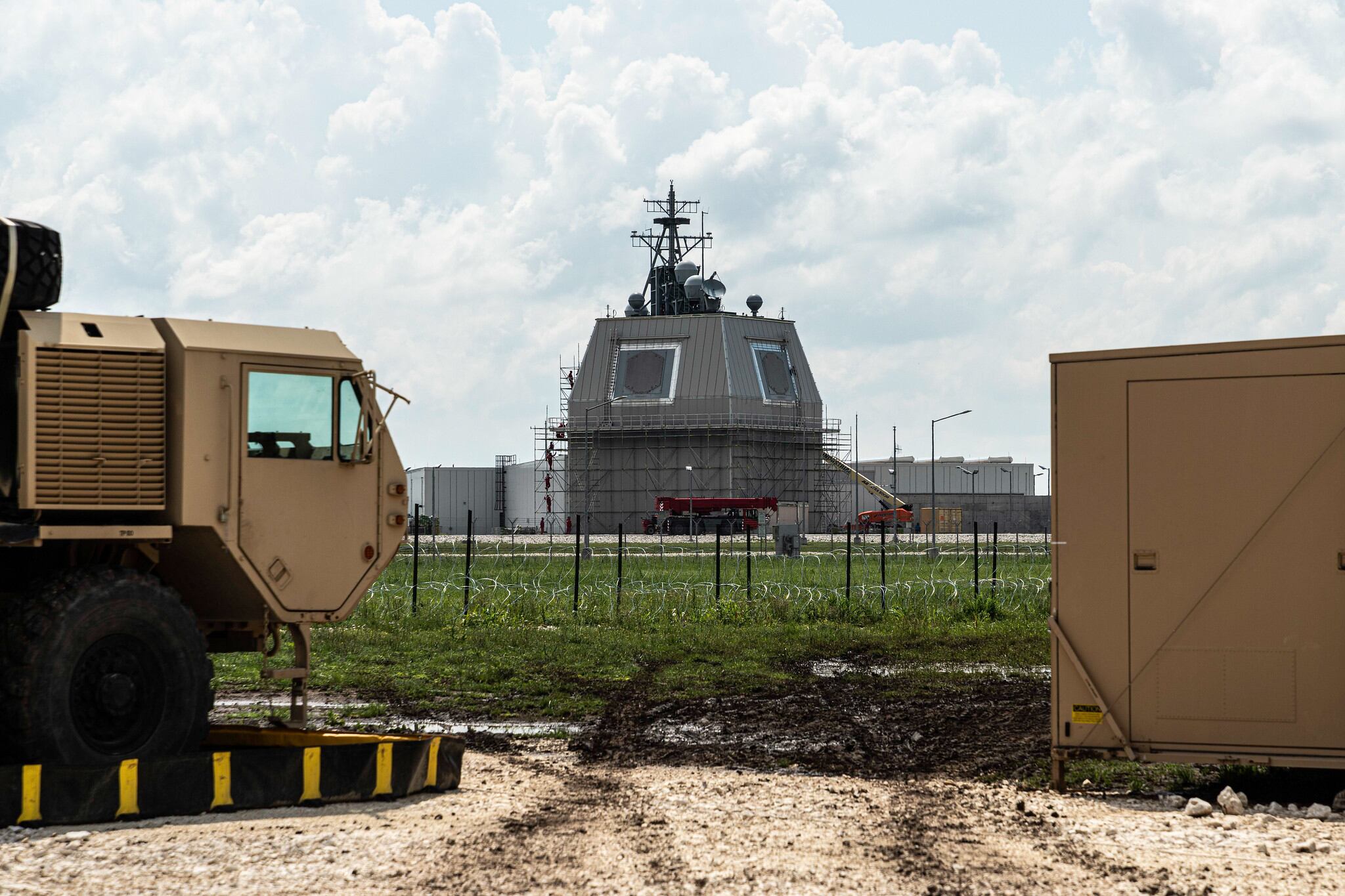WASHINGTON ― Defense Secretary Lloyd Austin will host his Japanese counterpart Wednesday for face-to-face talks about the Russian invasion of Ukraine, as the war’s ripple effect creates fresh tensions between Tokyo and Moscow.
Defense Minister Nobuo Kishi plans to visit U.S. Cyber Command and the U.S. Missile Defense Agency weeks after Russia’s state media announced Moscow had deployed its Bastion coastal defense missile system on the Kuril Islands, which Russia and Japan both claim. But that isn’t the only sign of tensions.
In recent days, Russia threatened to retaliate amid reports that Japan and the U.S. will step up joint drills this fall, with more than 4,000 personnel. After Japan decided to expel Russian diplomats in response to Russia’s actions in Ukraine, Russia announced it would expel eight Japanese diplomats.
On Monday, Pentagon Press Secretary John Kirby hailed Japan’s recent participation in a group of nations, convened by Austin, to focus on aid to Ukraine, calling them one of America’s most important allies. Echoing Austin’s public remarks, Kirby also downplayed fears Russia’s invasion of Ukraine may have emboldened China to use force to take Taiwan.
“I fully expect that issues regarding Ukraine, and how the United States and Japan are going to support Ukraine, will be on the agenda. I also fully expect that tensions with China will be on the agenda, but the degree to which there is an interplay between the two, I think we’ll just let these two ministers talk before we get out ahead of that,” Kirby said, adding that they were “completely two different scenarios.”
The Pentagon announced the meeting days after Japan’s ruling party asked Prime Minister Fumio Kishida to consider doubling the country’s defense budget to an amount on par with 2% or more of its gross domestic product.
RELATED

Tokyo is also considering acquiring a counterattack missile strike capability that would allow it to hit enemy bases for the first time since 1945, which will reportedly form the basis for an update to its national security strategy later this year.
Heino Klinck, a former deputy assistant secretary of defense for East Asia, said Japan’s new willingness is fueled by increased threats from Russia, China and North Korea, which in March launched its first intercontinental ballistic missile since 2017. It landed within Japan’s Exclusive Economic Zone.
Klinck argued that to be ready for a potential Taiwan conflict, among others, U.S. and Japanese forces should find a way to overcome domestic Japanese resistance and engage in more robust and realistic joint training.
“The Chinese are drawing lessons from the Russian invasion, so we need to step up our game in the way we train and exercise ― and not just the United States, but all our partners and allies in the region,” he said.
How Japan would invest the added defense funds, if approved, is an open question. Klinck said that long-range strike weapons and enhanced ISR capabilities should be priorities and that the U.S and Japan should build on the success of the co-development and co-production of the SM-3 Block IIA missile interceptor for more industrial cooperation.
“There might be some opportunities there for industrial base cooperation — given all the supply chain challenges that we have — with Japan and other key allies,” Klinck said.
When Austin and Secretary of State Antony Blinken met virtually with their Japanese counterparts in January, they agreed to collaborate on countering hypersonic threats, advancing space capabilities, and improve their ability conduct complex joint operations.
U.S. President Joe Biden plans to visit Japan and South Korea later this month, where he will discuss security and economic ties with his counterparts before he meets the other leaders of the so-called Quad, Australia and India, according to the White House.
Joe Gould was the senior Pentagon reporter for Defense News, covering the intersection of national security policy, politics and the defense industry. He had previously served as Congress reporter.








